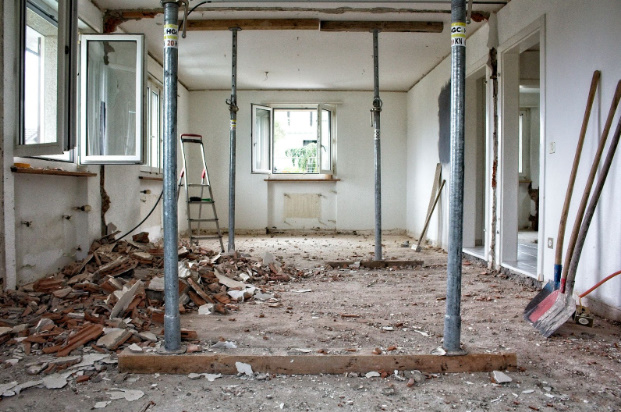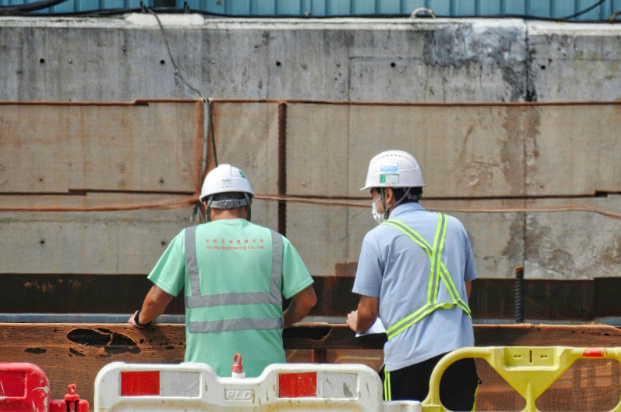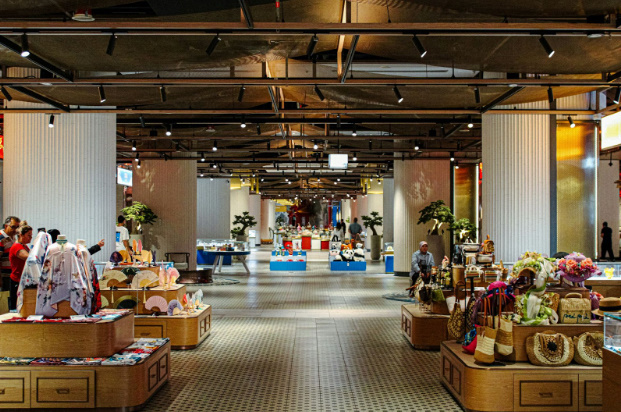Commercial spaces represent significant investments requiring strategic improvements to maximize functionality, appeal, and return on investment.
Whether managing retail stores, professional offices, or mixed-use facilities, thoughtful enhancements create environments that attract customers, support employees, and protect business assets.
Understanding which improvements deliver the greatest impact guides resource allocation toward upgrades that truly transform commercial spaces.
The Importance of Strategic Commercial Improvements
First impressions heavily influence customer perceptions and employee satisfaction in commercial environments.
Outdated, poorly maintained, or inefficient spaces communicate negative messages about business quality and professionalism. Strategic improvements refresh commercial premises while addressing functional deficiencies that limit business potential.
Property values directly correlate with commercial space quality and tenant appeal. Well-maintained, modernized spaces command premium rents while attracting quality tenants who stay longer. These factors combine to protect and enhance property investment values over time.
Competitive pressures force businesses to maintain contemporary, attractive facilities that match or exceed competitor standards.
Customers and employees increasingly expect modern, comfortable environments as baseline requirements.
Falling behind competitor facility standards places businesses at a disadvantage in attracting both customers and talent.
Assessing Current Space Conditions
Comprehensive assessment identifies improvement opportunities and priorities before committing resources.
Walking through spaces with a critical eye reveals deficiencies that daily familiarity obscures. Systematic evaluation across all functional areas ensures nothing important is overlooked.
Customer and employee feedback provides invaluable insights into space performance from user perspectives.
Those who interact with environments daily notice problems and opportunities that owners might miss. Structured feedback collection through surveys or conversations uncovers actionable improvement ideas.
Competitive benchmarking against similar businesses reveals where your spaces excel or lag behind standards.
Visiting competitor locations or similar successful businesses identifies trends and features worth incorporating. This market intelligence guides improvements that maintain competitive positioning.
Display and Storage Solutions for Retail
Retail merchandising depends heavily on effective product display systems that attract attention while maximizing space utilization.
Display fixtures must balance aesthetic appeal with practical functionality, supporting efficient operations. Investment in quality display systems pays dividends through improved sales and customer experience.
Quality glass shelves create elegant display solutions that showcase products beautifully while maintaining contemporary aesthetics.
The transparency of glass allows merchandise to remain visible from multiple angles while creating light, open feelings.
These versatile fixtures suit diverse retail applications from boutiques and cosmetics to electronics and homeware.
Lighting integration with glass shelving amplifies visual impact through backlighting or spotlighting effects.
Illuminated displays draw customer attention while highlighting product details and quality. Strategic lighting transforms functional storage into compelling merchandising that drives sales.
Flexibility in display configuration allows seasonal changes and merchandising updates without major renovations.
Adjustable shelving heights and modular systems adapt to different product sizes and display concepts. This adaptability maximizes long-term value from display investment.
Clean lines and minimal visual obstruction keep customers’ focus on merchandise rather than the fixtures.
Glass displays provide necessary support and organization without dominating visual attention. This subtle approach enhances rather than competes with product presentation.
Durability of tempered glass shelving ensures long-term performance despite constant use and weight loads. Quality fixtures withstand years of merchandising activity without deterioration or safety concerns. This longevity justifies initial investment through extended service life.
Creating Professional Office Storage
Office environments require substantial storage capacity for files, references, supplies, and personal items. Adequate storage prevents workspace clutter that reduces productivity and creates an unprofessional appearance. Strategic storage solutions combine functionality with aesthetic contributions to overall office design.
Custom wooden bookcase installations provide sophisticated storage that enhances professional office atmospheres.
Natural timber brings warmth and character to spaces often dominated by industrial materials and technology. These substantial pieces communicate permanence and quality that lightweight alternatives cannot match.
Executive offices particularly benefit from quality timber furniture that conveys professionalism and success.
Clients and visitors assess business credibility partially through office appointments and furnishings. Investment in quality storage furniture contributes to positive business perceptions.
Library and resource areas require substantial shelving capacity to organize references, samples, and materials accessibly.
Custom bookcases adapt to specific space dimensions and storage requirements that standard units cannot accommodate. Tailored solutions maximize storage capacity within available space.
Open office environments use strategic bookcase placement, creating subtle space division without permanent walls. Tall bookcases define zones while maintaining visual connectivity across open areas. This approach balances privacy needs with collaborative open design principles.
Built-in appearance of custom timber installations creates cohesive, intentional office designs. Floor-to-ceiling units utilize vertical space efficiently while appearing architectural rather than furniture-like. This integration elevates overall space quality substantially.
Optimizing Lighting Conditions
Lighting dramatically affects both functionality and atmosphere in commercial spaces. Inadequate lighting reduces productivity, creates safety hazards, and diminishes customer experience. Conversely, well-designed lighting enhances visibility, creates ambiance, and reduces operational costs.
Natural light provides significant benefits, including improved mood, productivity, and energy efficiency.
Maximizing daylight through strategic window placement and interior design decisions reduces artificial lighting needs. However, natural light also introduces challenges requiring management.
Glare from uncontrolled natural light causes discomfort for workers and customers alike. Computer screens become unreadable while excessive brightness fatigues eyes and reduces comfort. Managing natural light intensity and direction addresses these challenges while preserving benefits.
Task lighting supplements general illumination, providing focused light where activities demand higher visibility.
Desk lamps, under-cabinet lighting, and display spotlights deliver appropriate illumination without over-lighting entire spaces. Layered lighting approaches optimize efficiency and functionality.
Environmental Control and Comfort
Temperature management significantly impacts both employee productivity and customer comfort in commercial spaces.
Uncomfortable environments drive customers away while reducing staff effectiveness and satisfaction. Proper climate control represents essential infrastructure investment rather than optional luxury.
Large window expanses that provide desirable natural light also introduce thermal management challenges. Solar heat gain through windows dramatically increases cooling loads and costs. Windows also lose heat during the winter months, affecting heating efficiency.
Professional commercial window tint applications reduce solar heat gain by up to 80% while maintaining natural light and visibility.
These specialized films reject heat and UV radiation without significantly darkening interiors. The balance between light transmission and heat rejection optimizes comfort and efficiency.
Energy cost savings from reduced HVAC demands often recover the window tinting investment within several years. Lower cooling requirements directly reduce electricity consumption and peak demand charges. These savings compound over decades of building operation.
UV protection extends the lifespan of merchandise, furniture, flooring, and interior finishes. Sunlight damage, including fading, deterioration, and discoloration, costs businesses thousands in premature replacement expenses. Window films prevent this gradual asset degradation.
Glare reduction improves visual comfort and productivity throughout commercial spaces. Employees working on computers particularly benefit from reduced screen glare and eye strain. Customers also appreciate comfortable shopping environments without harsh sunlight.
Privacy enhancement from certain film types suits professional offices, conference rooms, and sensitive areas. Frosted or reflective films prevent visual intrusion while maintaining natural light transmission. This privacy comes without permanently obscuring windows through blinds or curtains.



